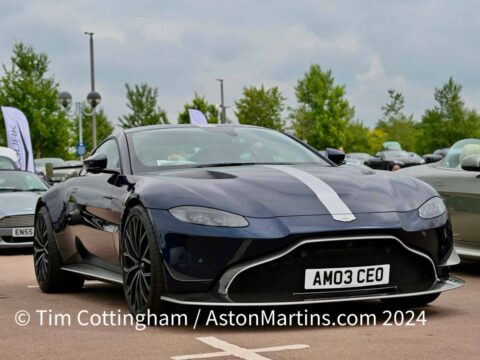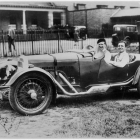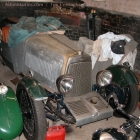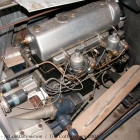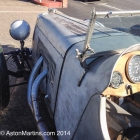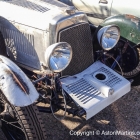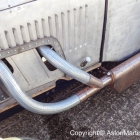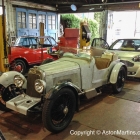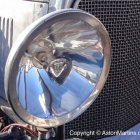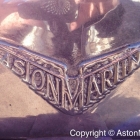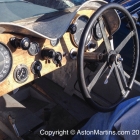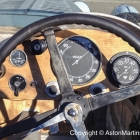T-type tourer
- 01/02/2013At the 1927 motor show, Aston Martin unveiled the four door T-type saloon and T-type tourer on a longer 9′ 6” wheelbase chassis. Sadly, not only were they slow sellers, but the long chassis cars have had a very low rate of survival. The AM Register of cars lists 8 saloons built in total, none of which survives, and 6 tourers with only three survivors.
The below images are of T14, what appears to be the one of only three surviving 4 door T-type tourer in existence, photographed at both the 2003 AMOC St. John Horsfall race meeting at Silverstone and also during the Parade des Pilots and AMOC track parade at Le Mans in 2006. It was also chosen for the 101 car timeline, the centrepiece of the Aston Martin Centenary Celebration at Kensington Place in July 2013.
In early 2006, the company unveiled the DB9 based Rapide Concept and to many, this was the first four door Aston Martin that they became aware of. But the T-types from the late 1920’s show that Aston Martins with ample space and easy access for four people are obviously nothing new.

